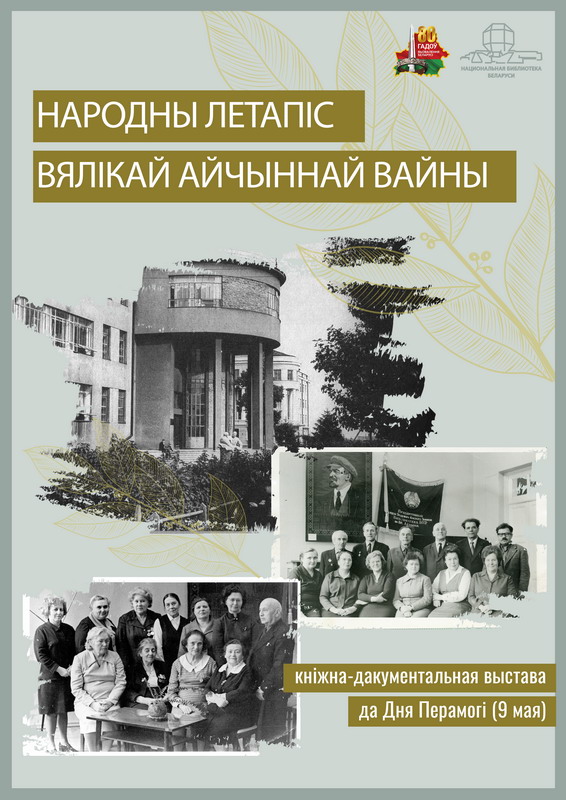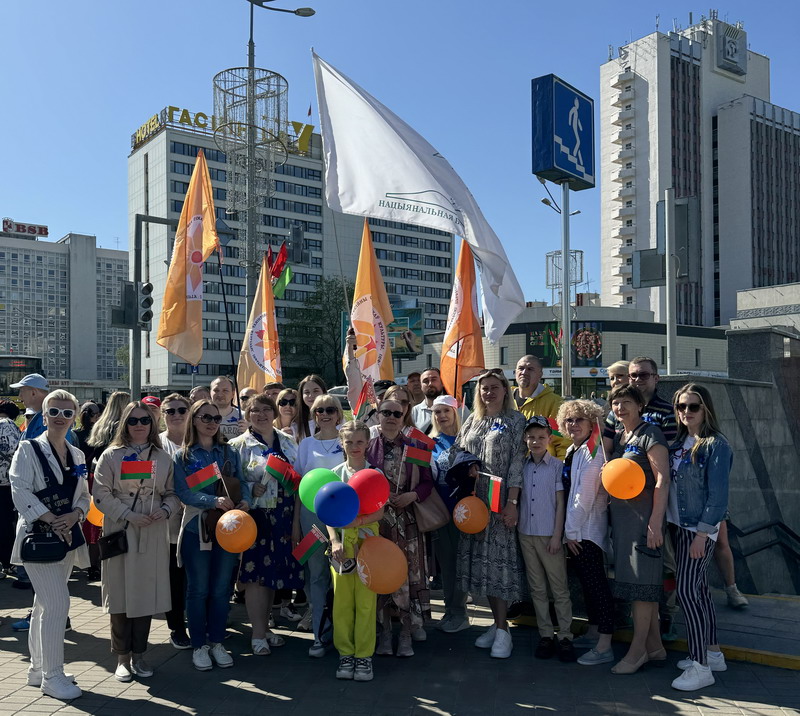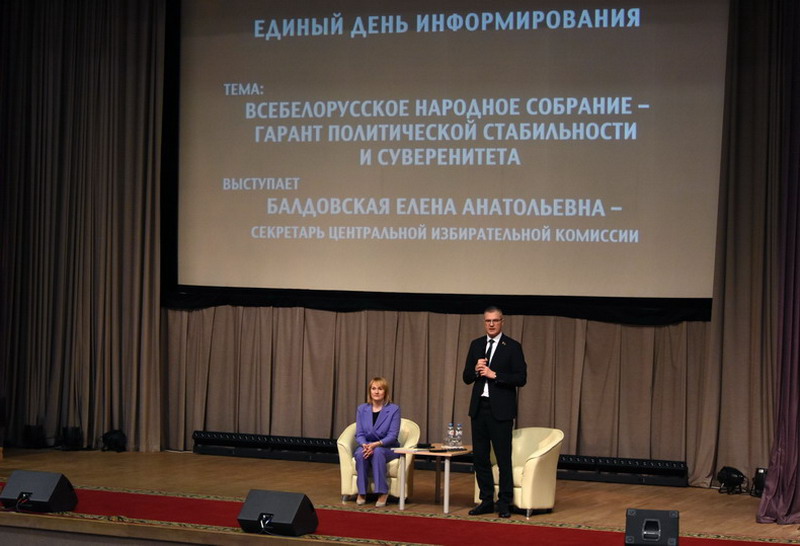The thematic exhibition “Refugees: with the hope for the future”, dedicated to the World Refugee Day, runs in the Official Documents Department (207) from June 9 till July 12.
This Day was established by the UN General Assembly on December 4, 2000 (resolution 55/76) and has been annually celebrated on June 20, since 2001. The establishment of this Day is the respect of spiritual strength and courage of millions of people, who overcame unbelievable difficulties to begin a new life and become normal members of society in complicated and unusual circumstances.
A refugee, according to the United Nations Organization, is a person who is outside their country of citizenship because they have well-founded grounds for fear of persecution because of their race, religion, nationality, membership of a particular social group or political opinion, and is unable to obtain sanctuary from their home country or, owing to such fear, is unwilling to avail themselves of the protection of that country.
According to the United Nations High Commissioner for Refugees, there were 59.5 mln unwilling refugees in 2015, which is a high rate. It means that one of every 122 people falls in the category of either refugees, or internally displaced people or asylum seekers. In 2015, the number of refugees, displaced people or political asylum seekers increased by 42.5 thousand people every day, which is 4 times more than in 2010. This is more than just statistics: these are concrete people and families, whose life radically changed and the future is unclear.
The ongoing conflict in Syria, conflicts in Iraq, Ukraine, Southern Sudan, Central Africa, the north-east of Nigeria and several regions of Pakistan have led to a dramatically large scale and acceleration of induced displacements of people worldwide. More and more people have to leave their homes to seek protection from persecution and violence.
The international community makes every effort to ease difficult fates of these people. The UN General Assembly recognized the responsibility of the UN for refugee’s destinies and established the United Nations High Commissioner for Refugees , which started its work on January 1, 1951. Its two main functions are provision of the international protection to refugees and striving to find sustainable solutions to refugees’ problems.
The legal status of refugees is in two international treaties – the Convention relating to the Status of Refugees of 1951 and the Convention’s 1967 Protocol. The Convention was ratified by more than 140 countries, including Belarus, our country joined the Convention and the Protocol in May, 2001. Our country brings its own contribution to the international efforts on solution of refugees’ problems. The Embassy of the UNHCR in Belarus was opened in 1995. It annually implements projects at a cost of 1 mln US dollars in Belarus, which are mainly aimed at the reinforcement of the national system of asylum.
The exposition offers nearly 100 documents: books, brochures, periodicals, mimeographed materials. The main part of the exhibition is documents of the international organizations (UN, UNESCO, EU, COE) in Russian and English.
The exhibition includes the following sections:
- status of refugees in the world;
- refugees in the modern international law;
- role of the UNHCR in refugees’ rights protection;
- international cooperation and policy of assistance to refugees;
- system of refugees’ protection in the Republic of Belarus.
The exhibition is aimed at political experts, lawyers, sociologists, employees of the legislative and executive branches, educational and scientific bodies, and at everyone interested in refugees’ problems and issues of migration and asylum.
Useful links
- Humanitarian issues
- Humanitarian assistance
- Internally displaced people
- World Refugee Day
- UN High Commissioner for Refugees
- UN High Commissioner for Human Rights
- United Nations Relief and Works Agency for Palestine Refugees in the Near East
Main documents
- General Assembly Resolution on the Day establishment (A/RES/55/76)
- Convention relating to the Status of Refugees (1951)
- Convention’s Protocol (1967)
Additional documents
Phone: (+375 17) 293 27 34.
 |
 |
 |
 |
 |
 |
 |
 |
 |










